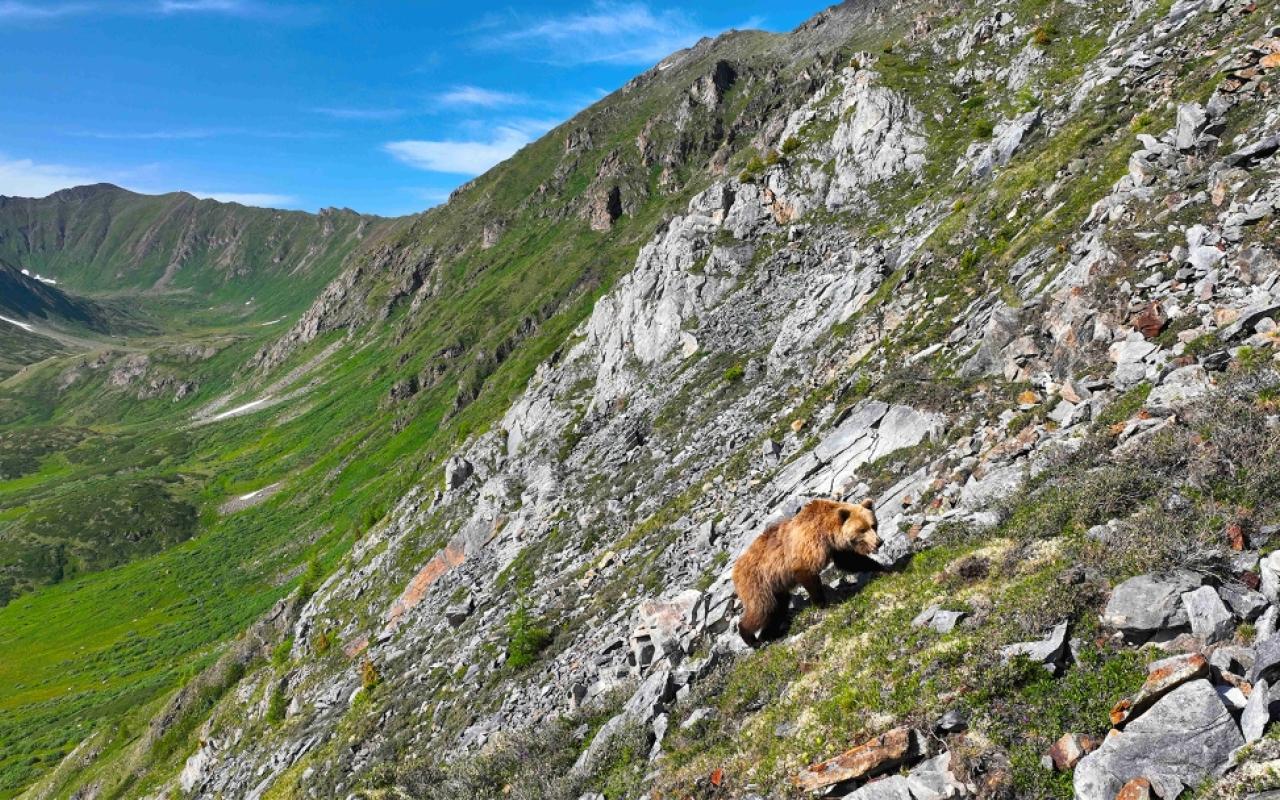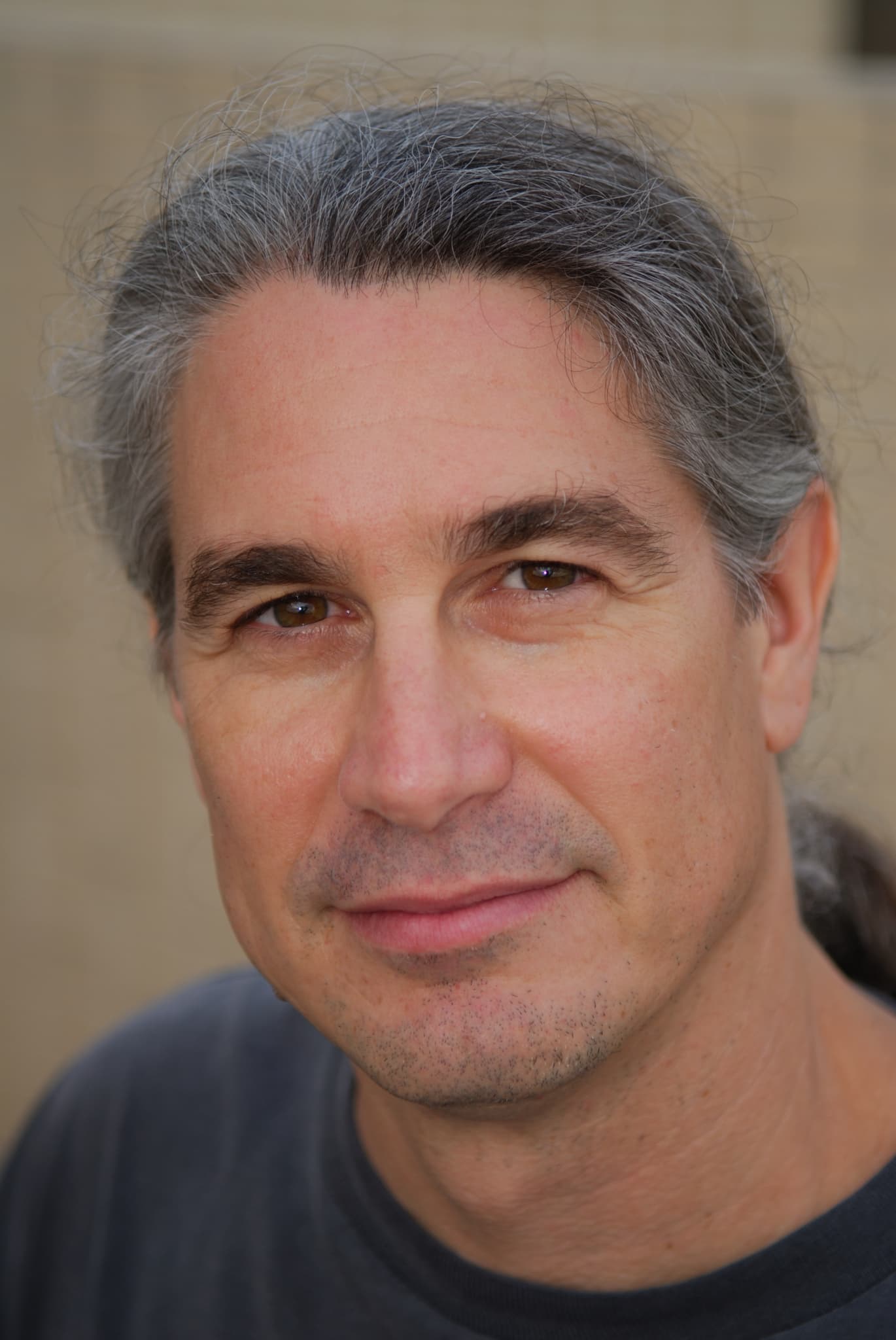Meghann Michalsky is an independent Dance Artist working in Calgary, Alberta.
Ms. Michalsky is the Artistic Director of YYC Contemporary Technique Training – a professional training series and the Co-Artistic Director of Project InTandem – a double-bill dance platform that creates and produces evening-length works. She received the 2019 RBC Emerging Artist Award at the Mayor's Lunch for Arts Champions. She is the first Dancer/Choreographer in Alberta to receive this award.
She completed her BA in Contemporary Dance, concentration in Choreography and Performance from the University of Calgary. Since graduating she has rigourously pursued her dance technique training in Canada as well as in Israel, Portugal, Sweden, the U.K., the Netherlands, Germany, Belgium, and Austria. Her research comes directly from her trust in the body and investigating how bodily experiences are deeply embedded. She creates highly visceral works with intense musculature and athletic physicality. She plays with a combination of virtuosic and state-based movements. Her movement signature has been described as vigorous, vivid, animalistic and intricate. Her knowledge of Hip-Hop and Krump movement principles has influenced her to highlight isolated, rhythmic, bound, and fast-twitch movement qualities in her contemporary choreographies.
One of her touring works, Maybe We Land, has travelled to five Canadian cities, earning nominations for two Dora Mavor Moore Awards. Michalsky has worked for an array of individual artists and companies, including Karissa Barry, Laja Feild of LajaMartin, Davida Monk, Linnea Swan, Michele Moss, kloetzel&co, Cloudsway Dance Theatre, Dancing Monkey Laboratories, J-Sik Movements, & Dancers' Studio West - Lab Emerging Artist Program (2016) & Physic/Alchemy (2018), amongst others.
Her most recent choreographic works have been presented at Dance Made in Canada | fait au Canada, artsPlace, Fluid Festival, Chutzpah Festival, Jeanne & Peter Lougheed Performing Arts Centre, Mile Zero Dance, Citadel + Compagnie, & artArctia Festival in Finland. She has been honoured to be awarded Choreographic Residencies from the Centro Jobel (Italy), Vitlycke Arts Centre (Sweden), Banff Centre for Arts and Creativity, New Dance Horizons (Regina), University of Calgary, W & M Dance Projects, Theatre Junction, Dancers’ Studio West and DJD Dance Centre.
Photo Credit: sentientforms









